Oil tankers play a pivotal role in the global transportation of crude oil and petroleum products. Understanding the weight of oil tankers is essential for manufacturers, operators, and stakeholders in the maritime industry. At CarMax Vehicle, we specialize in designing and manufacturing semi-trailers optimized for transporting various heavy loads, including components related to oil transportation. This guide delves into the complexities of oil tanker weight, exploring its components, implications, and the engineering considerations involved.
Table of Contents
- Introduction to Oil Tanker Weight
- Components of Oil Tanker Weight
- 2.1. Deadweight Tonnage (DWT)
- 2.2. Lightship Weight
- 2.3. Cargo Capacity
- Factors Influencing Oil Tanker Weight
- 3.1. Design and Construction Materials
- 3.2. Size and Capacity
- 3.3. Auxiliary Systems and Equipment
- Measuring and Calculating Oil Tanker Weight
- 4.1. Hull Measurements
- 4.2. Load Distribution
- 4.3. Stability Considerations
- Implications of Oil Tanker Weight
- 5.1. Fuel Efficiency
- 5.2. Safety and Stability
- 5.3. Environmental Impact
- CarMax Vehicle’s Role in Oil Transportation
- 6.1. Advanced Manufacturing Techniques
- 6.2. Customization and Flexibility
- 6.3. Quality Assurance and Compliance
- Future Trends in Oil Tanker Weight Management
- 7.1. Sustainable Materials
- 7.2. Automation and Smart Technologies
- 7.3. Regulatory Developments
- Conclusion
- Frequently Asked Questions
Introduction to Oil Tanker Weight
Oil tanker weight is a critical parameter that affects various aspects of maritime operations, including loading, stability, fuel consumption, and overall safety. It encompasses several measurements that collectively determine the vessel’s carrying capacity and operational efficiency. For manufacturers like CarMax Vehicle, understanding these weight parameters is essential in designing trailers that can support and transport oil tankers and their components efficiently.
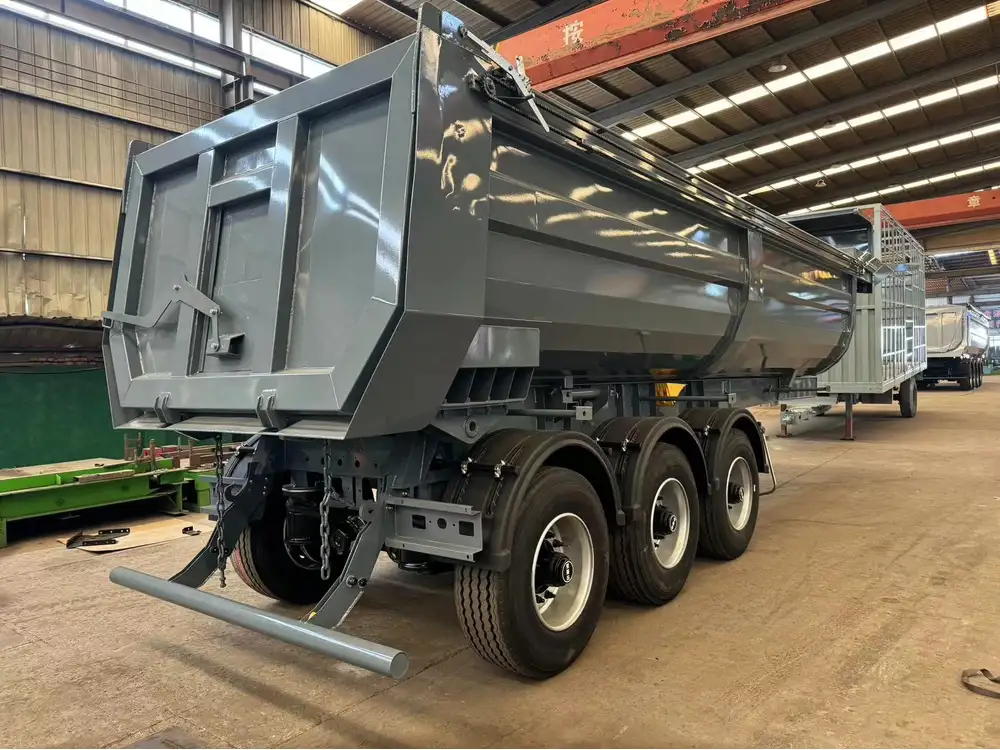
Components of Oil Tanker Weight
2.1. Deadweight Tonnage (DWT)
Deadweight Tonnage (DWT) is a measure of how much weight a ship can safely carry. It includes cargo, fuel, crew, provisions, and other necessary supplies. DWT is a crucial factor in determining a ship’s profitability and operational range.
Key Points:
- Cargo: The primary component of DWT, representing the weight of the oil transported.
- Fuel and Consumables: Essential for the ship’s operations.
- Crew and Equipment: Personnel and onboard systems required for the vessel’s functioning.
2.2. Lightship Weight
Lightship Weight refers to the weight of the ship itself without any cargo, fuel, or consumables. This measurement is essential for understanding the vessel’s buoyancy and structural integrity.
Key Points:
- Hull Structure: The framework and materials used.
- Fixed Equipment: Permanente installations like machinery and navigation systems.
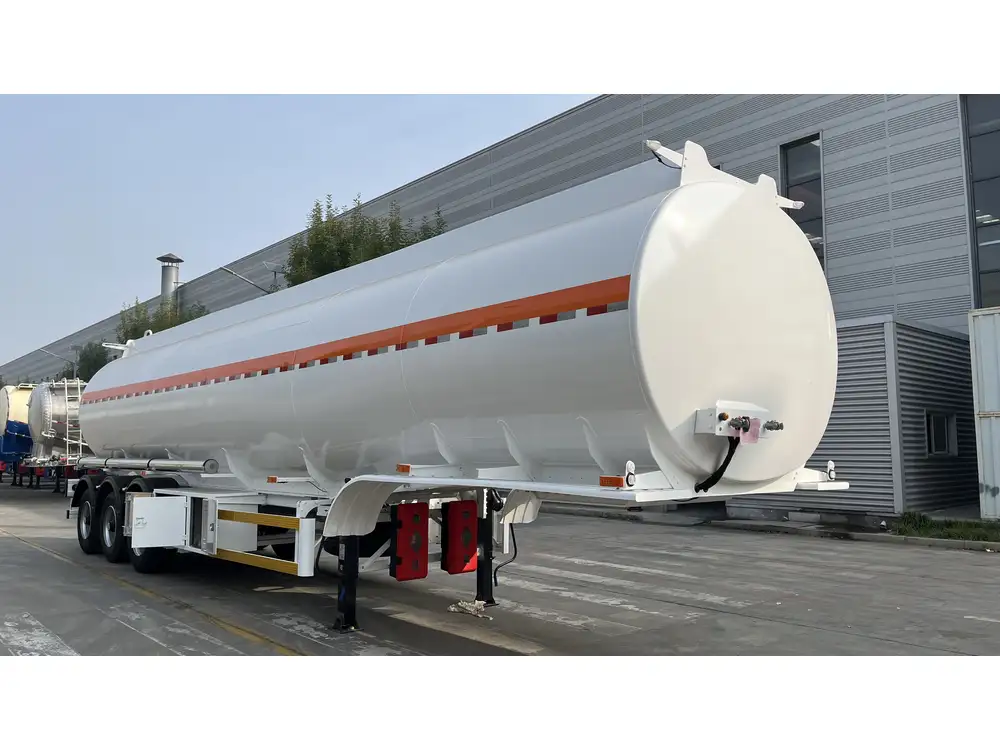
2.3. Cargo Capacity
Cargo Capacity is the maximum volume of oil that an oil tanker can carry. It is typically measured in barrels or cubic meters and directly impacts the DWT.
Key Points:
- Tank Design: Configuration and number of tanks affect cargo capacity.
- Volume vs. Weight: Balancing the volume of cargo with the weight limits.
Factors Influencing Oil Tanker Weight
3.1. Design and Construction Materials
The materials used in constructing an oil tanker significantly influence its weight. Advanced steel alloys and composite materials offer strength while minimizing weight, enhancing the vessel’s efficiency.
Considerations:
- Material Density: Heavier materials increase overall weight.
- Durability: Materials must withstand harsh maritime environments.
- Cost: Balancing material costs with performance benefits.
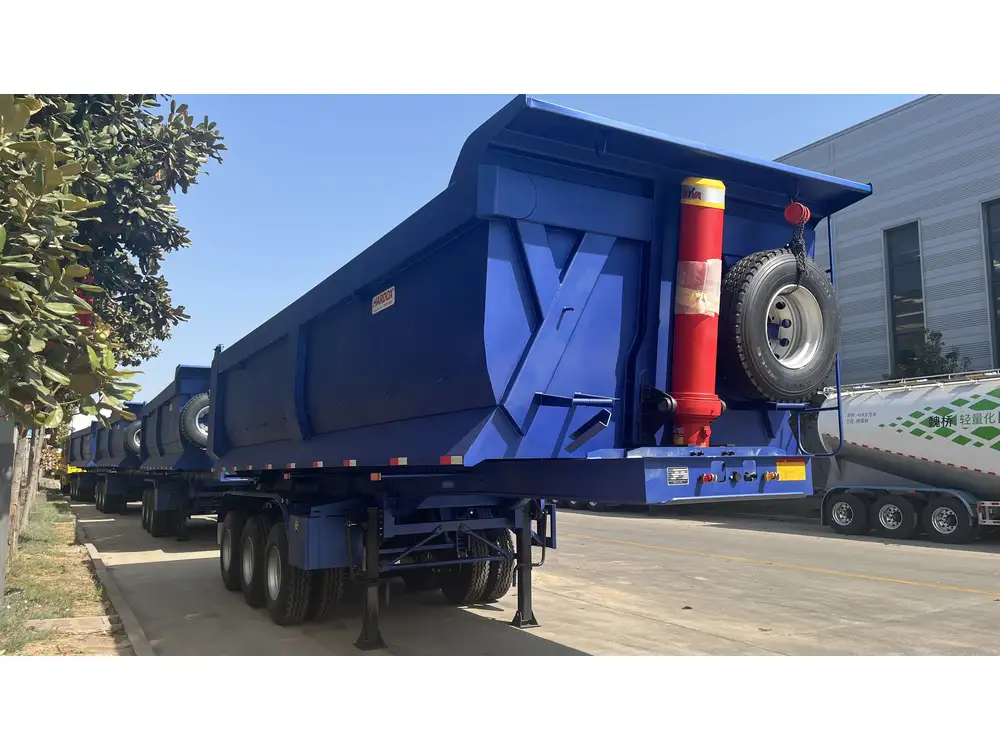
3.2. Size and Capacity
The dimensions of an oil tanker, including length, breadth, and depth, directly impact its weight. Larger tankers can carry more oil but require more robust structures and increased DWT.
Considerations:
- Economies of Scale: Larger tankers can transport more oil per voyage, reducing costs.
- Port Access: Size limitations may restrict routes and docking options.
- Regulatory Limits: International regulations may impose size and weight restrictions.
3.3. Auxiliary Systems and Equipment
Auxiliary systems, such as propulsion, navigation, and safety equipment, add to the overall weight of the tanker. Efficient design of these systems can help manage and optimize weight distribution.
Considerations:
- Energy Systems: Engines and power supplies contribute significantly to weight.
- Safety Systems: Lifeboats, firefighting equipment, and other safety features are essential but add weight.
- Navigation Systems: Modern technology improves safety but may require substantial weight.
Measuring and Calculating Oil Tanker Weight
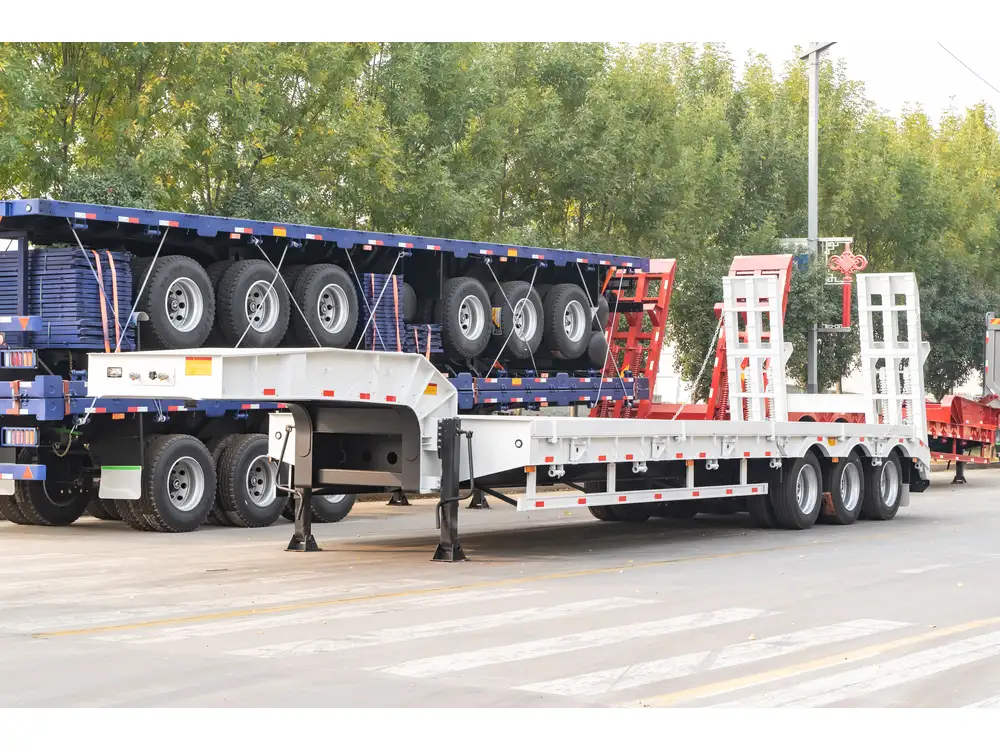
4.1. Hull Measurements
Accurate hull measurements are foundational in calculating the weight of an oil tanker. Hull dimensions influence buoyancy, stability, and overall capacity.
Key Parameters:
- Length Overall (LOA): Total length of the ship.
- Breadth (Beam): Width of the ship at its widest point.
- Draft: Depth of the ship’s hull below the waterline.
4.2. Load Distribution
Proper load distribution ensures the oil tanker maintains stability and avoids excessive strain on the hull. Uneven loading can lead to dangerous conditions, compromising the vessel’s integrity.
Strategies:
- Balancing Cargo: Distributing oil evenly across tanks.
- Weight Distribution: Ensuring that weight is spread to prevent imbalance.
- Load Monitoring: Continuous monitoring to maintain optimal distribution.
4.3. Stability Considerations
Stability is paramount for the safe operation of oil tankers. It involves maintaining the vessel’s balance, especially when carrying heavy loads like oil.
Factors Affecting Stability:
- Center of Gravity: Lowering the center of gravity enhances stability.
- Metacentric Height: A higher metacentric height increases a ship’s ability to right itself after tilting.
- Cargo Securing: Properly securing oil cargo to prevent shifting during transit.
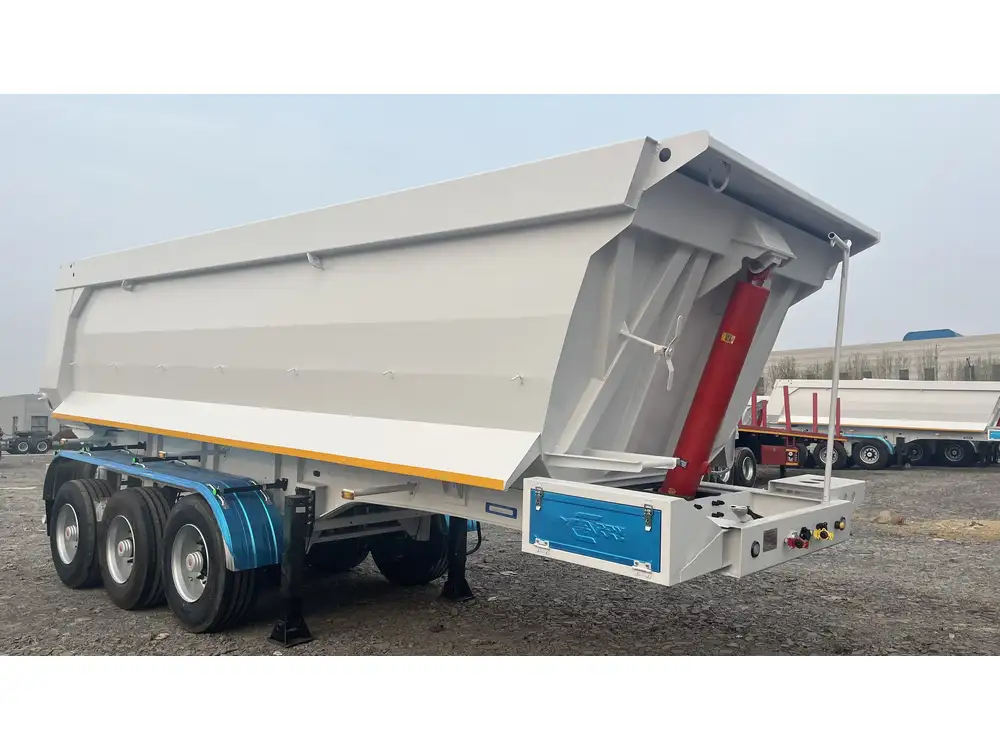
Implications of Oil Tanker Weight
5.1. Fuel Efficiency
The weight of an oil tanker directly impacts its fuel consumption. Heavier vessels require more energy to propel, affecting operational costs and environmental footprint.
Strategies for Improvement:
- Lightweight Materials: Utilizing advanced materials to reduce overall weight.
- Efficient Engine Design: Optimizing propulsion systems for better fuel efficiency.
- Aerodynamic Hull Design: Reducing drag to lower fuel consumption.
5.2. Safety and Stability
Maintaining optimal weight is crucial for the safety and stability of oil tankers. Overloading or uneven weight distribution can lead to accidents, environmental hazards, and loss of cargo.
Safety Measures:
- Regular Inspections: Ensuring structural integrity and weight distribution.
- Advanced Monitoring Systems: Real-time tracking of weight and stability parameters.
- Emergency Protocols: Procedures to address weight-related emergencies.

5.3. Environmental Impact
The weight of oil tankers affects their emissions and overall environmental footprint. Heavier vessels typically consume more fuel, leading to higher greenhouse gas emissions.
Sustainability Initiatives:
- Emission Control Technologies: Implementing systems to reduce pollutants.
- Alternative Fuels: Exploring renewable energy sources to power tankers.
- Weight Optimization: Designing lighter vessels to minimize environmental impact.
CarMax Vehicle’s Role in Oil Transportation
At CarMax Vehicle, we understand the critical importance of managing oil tanker weight to enhance efficiency, safety, and sustainability in oil transportation. Our expertise in manufacturing semi-trailers is tailored to meet the unique demands of the maritime industry.
6.1. Advanced Manufacturing Techniques
Utilizing cutting-edge technologies, CarMax Vehicle ensures that our semi-trailers are optimized for handling the specific weight requirements of oil tankers.
Techniques Include:
- Precision Engineering: Ensuring exact specifications for weight distribution.
- Automated Production Lines: Enhancing consistency and reducing errors.
- Innovative Materials: Incorporating lightweight and durable materials for enhanced performance.
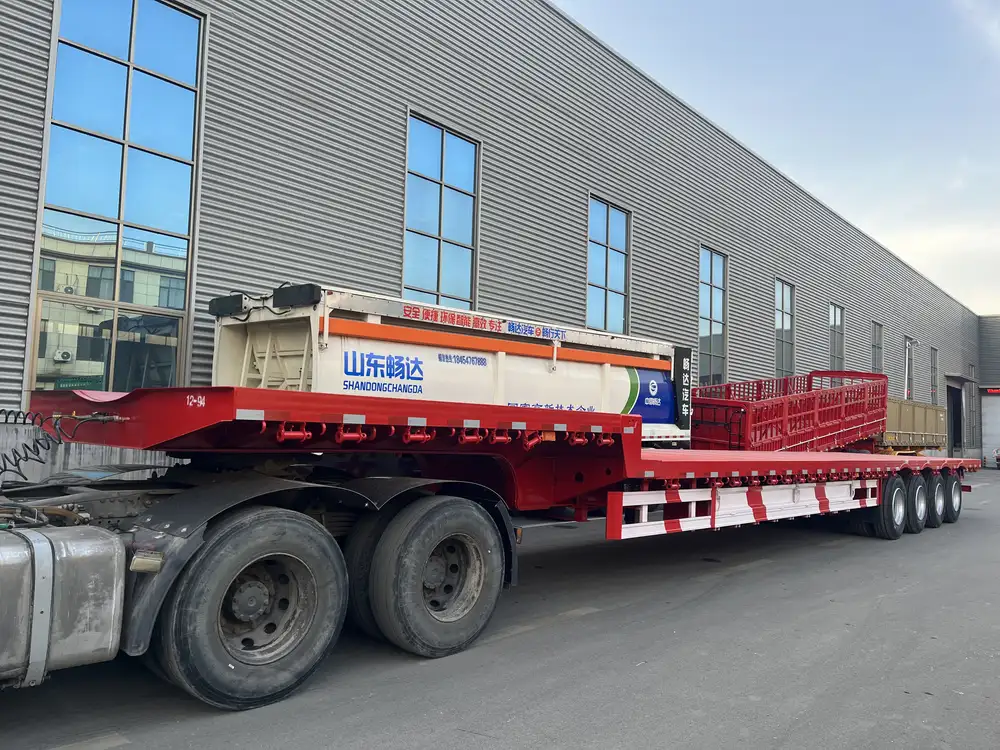
6.2. Customization and Flexibility
Understanding that each oil tanker may have unique weight and transportation requirements, we offer customizable semi-trailer solutions.
Customization Options:
- Modular Designs: Allowing for adjustments based on tanker size and weight.
- Specialized Supports: Tailored features to secure and balance heavy loads.
- Flexible Configurations: Adapting to varying cargo types and weights.
6.3. Quality Assurance and Compliance
CarMax Vehicle adheres to stringent quality standards to ensure our semi-trailers meet all regulatory requirements related to weight management and safety.
Quality Assurance Measures:
- Rigorous Testing: Ensuring trailers can handle specified weights reliably.
- Compliance Certification: Meeting international standards and regulations.
- Continuous Improvement: Incorporating feedback and advancements to enhance product quality.
Future Trends in Oil Tanker Weight Management

7.1. Sustainable Materials
The push towards sustainability is driving the adoption of environmentally friendly materials in oil tanker construction. Innovations in lightweight, durable materials are reducing overall weight while maintaining strength.
Emerging Materials:
- Carbon Fiber Composites: Offering high strength-to-weight ratios.
- Advanced Alloys: Enhancing durability without adding excess weight.
- Recycled Materials: Promoting sustainability through material reuse.
7.2. Automation and Smart Technologies
Automation and smart technologies are revolutionizing weight management in oil tankers. These advancements enable real-time monitoring and optimization of weight distribution.
Technological Innovations:
- IoT Sensors: Providing continuous data on weight and stability.
- AI-Driven Analytics: Optimizing load distribution for efficiency and safety.
- Automated Systems: Enhancing precision in weight management processes.
7.3. Regulatory Developments
As environmental and safety standards evolve, regulatory frameworks are becoming more stringent regarding oil tanker weight and emissions.
Key Regulatory Changes:
- Emission Standards: Tightening limits on greenhouse gas emissions.
- Safety Protocols: Enhancing requirements for stability and weight distribution.
- Weight Limits: Imposing stricter guidelines on vessel weight to ensure operational safety.

Conclusion
Understanding oil tanker weight is essential for optimizing the efficiency, safety, and sustainability of oil transportation. At CarMax Vehicle, we are committed to providing high-quality, customized semi-trailer solutions that address the complex weight management challenges faced by the maritime industry. By leveraging advanced manufacturing techniques, innovative materials, and a focus on quality assurance, we support the seamless and responsible transportation of oil globally.
Frequently Asked Questions
1. What is the typical deadweight tonnage (DWT) of an oil tanker?
Deadweight tonnage (DWT) of oil tankers can vary significantly based on the size and type of the vessel. Common categories include:
- Aframax: 80,000 to 120,000 DWT
- Suezmax: 120,000 to 200,000 DWT
- VLCC (Very Large Crude Carrier): 200,000 to 320,000 DWT
- ULCC (Ultra Large Crude Carrier): Over 320,000 DWT
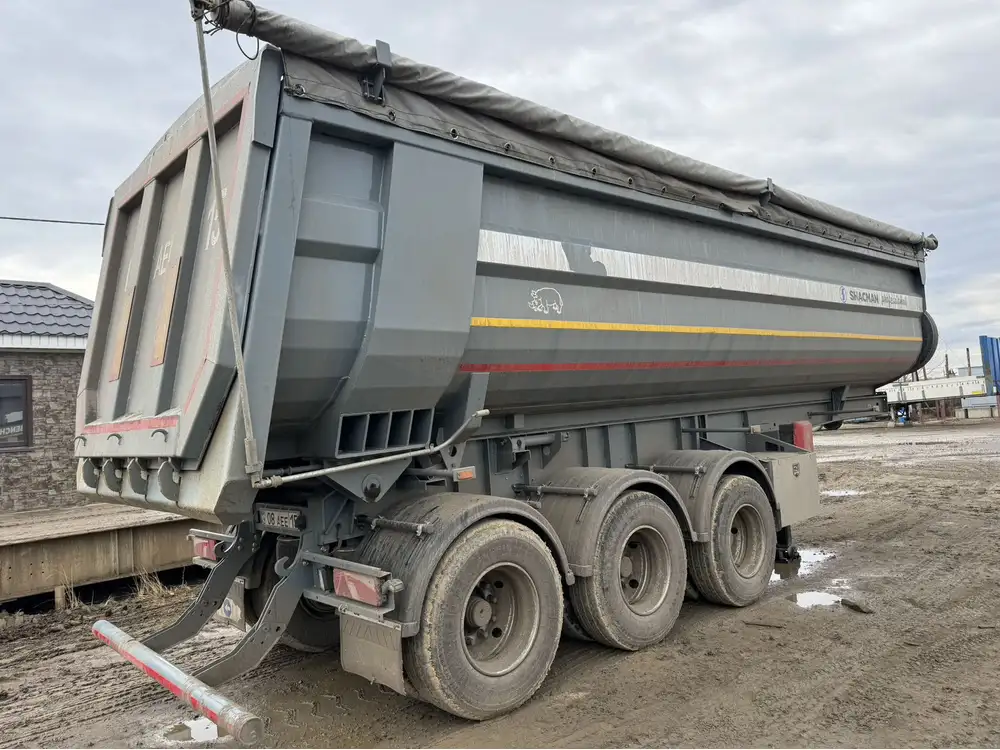
2. How does oil tanker weight affect fuel consumption?
Heavier oil tankers require more energy to propel, leading to increased fuel consumption. Efficient weight management, including the use of lightweight materials and optimized load distribution, can significantly reduce fuel usage and lower operational costs.
3. What materials are commonly used to reduce oil tanker weight?
Advanced materials such as carbon fiber composites, high-strength steel alloys, and lightweight aluminum are commonly used to reduce the overall weight of oil tankers. These materials offer high strength while minimizing weight, enhancing fuel efficiency and operational performance.
4. How does CarMax Vehicle ensure the safety of oil tanker transportation?
CarMax Vehicle ensures safety by designing semi-trailers with precise weight distribution, using high-quality materials, and adhering to stringent quality assurance standards. Our customizable and robust trailer solutions are tailored to meet the specific weight and stability requirements of oil tankers, ensuring secure and safe transportation.
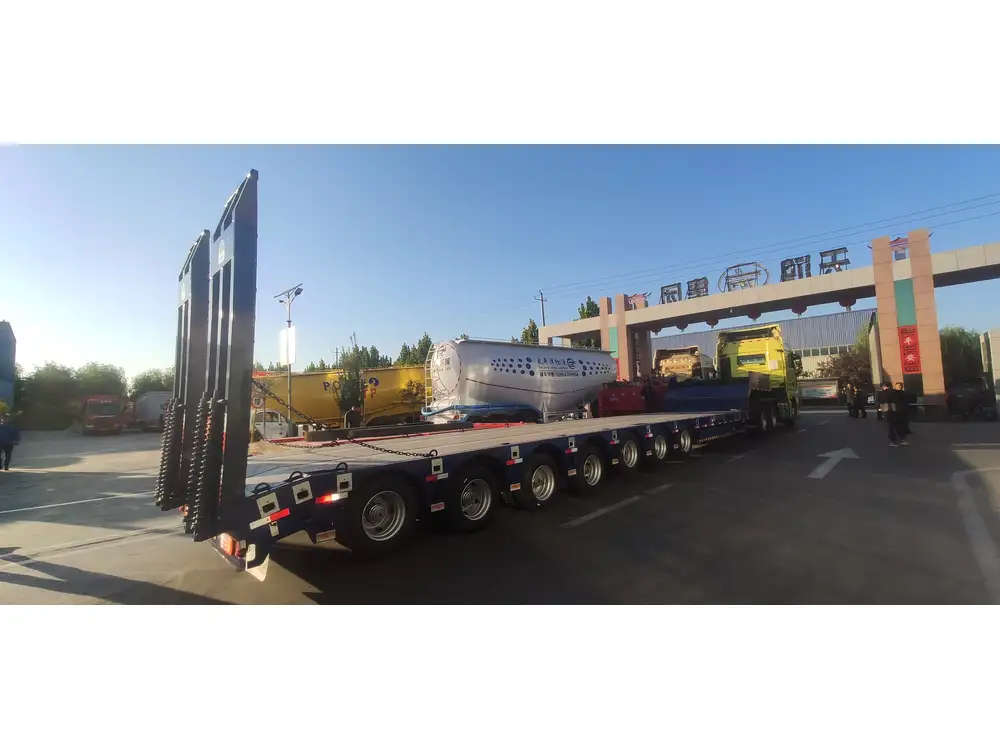
5. What future technologies are expected to impact oil tanker weight management?
Future technologies such as IoT-enabled sensors for real-time weight monitoring, AI-driven analytics for load optimization, and the adoption of sustainable, lightweight materials are expected to significantly impact oil tanker weight management. These advancements will enhance efficiency, safety, and environmental sustainability in oil transportation.



